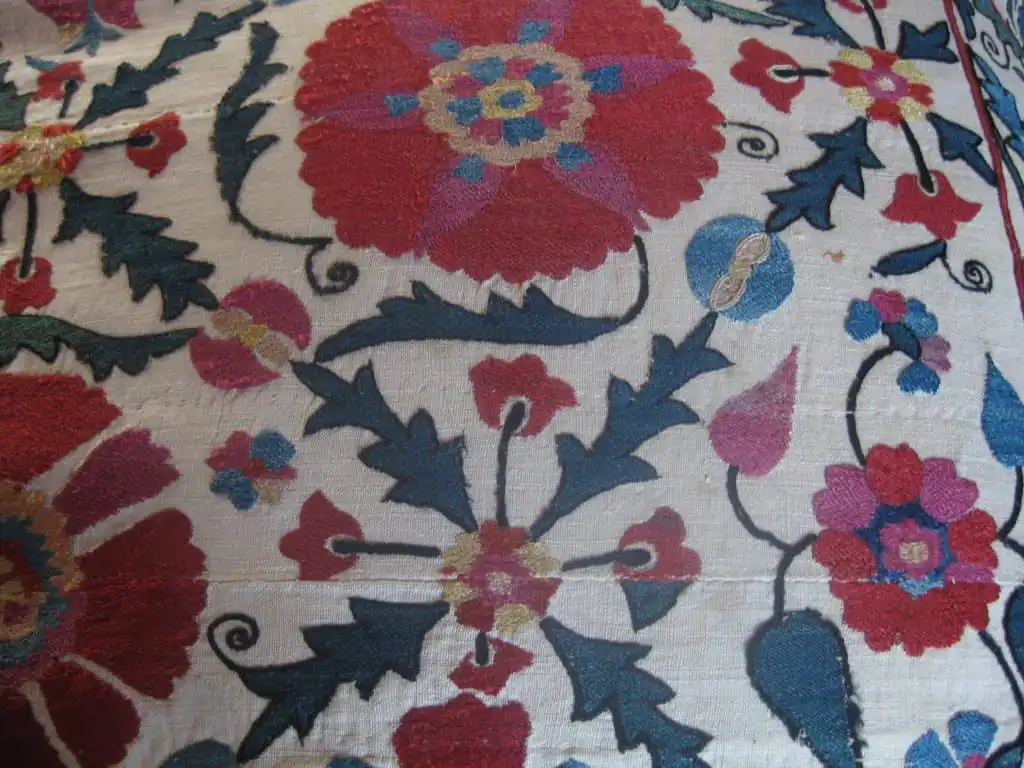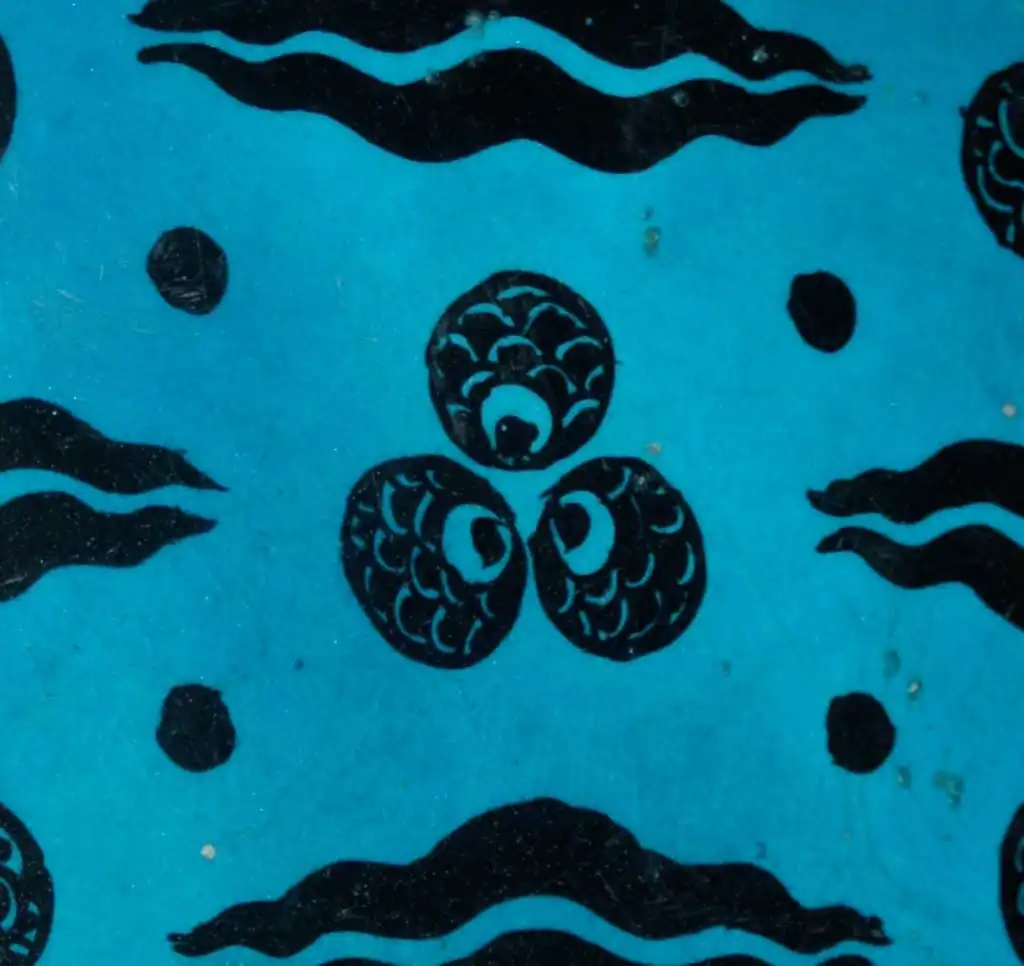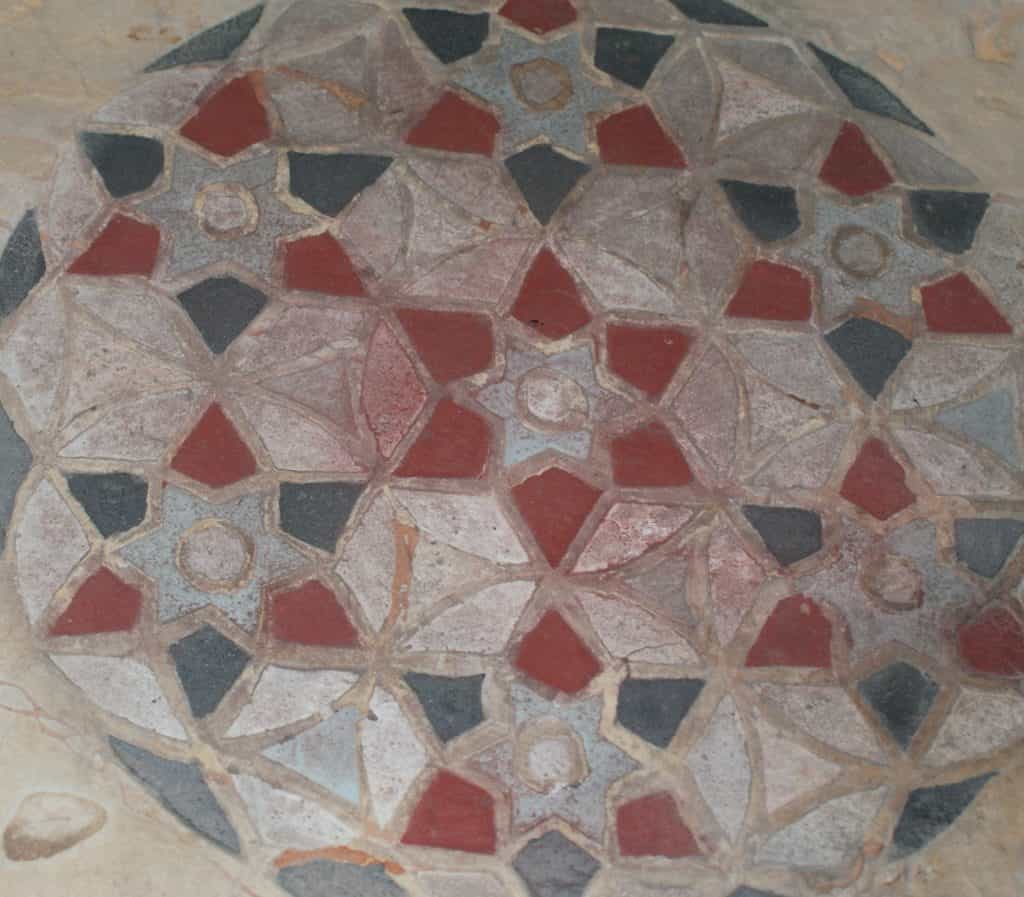The Art of Conversation: Curatorial Practice at Olana
Valerie A. Balint, Interim Director of Collections and Research
“I think it would amuse you . . . to see the medley in the box-for there are rugs-armour-stuffs-curiosities . . . Arab spears-beads from Jerusalem-stones from Petra and 10,000 other things.” Frederic Church to William Henry Osborn, February 4, 1869
The word curator is derived from the Latin word “cura,” which means care. Frederic Church is a curator’s dream—he had a great passion for objects that is ever present at Olana. He created beautiful and interesting things, whether his enviable paintings, the fantastical main house or the breathtaking landscape. He amassed and artfully arranged an extraordinary array of objects from all over the world, bringing some back from his numerous excursions abroad and buying many more over the years that he lived in the place he called “The Center of the World.” It is the job of every curator, including myself and my colleague archivist Ida Brier, to provide loving stewardship of and continued research into the items under our care. It is the hope of every curator that the care and scholarly inquire they provide will insure the legacy of those same objects for future generations. This is a driving force of the work.



But equally important is the desire to bring these objects and the stories linked to them “alive” for the contemporary visitor and viewer; for the things that surround them while they are at Olana to resonate with them, and to ignite inspiration, inquisitiveness, or personal association (and ideally all three simultaneously!) To make these myriad things and the people who created and/or amassed them relevant to their own lives. And ultimately, to spark an engaging dialogue, an ongoing conversation in which the visitor is an active participant.
Of course curators have the collaborative forces of the education and interpretation staffs to assist them in these efforts which lead to exhibitions, public programming and dynamic tours throughout Olana’s 250 acres. And it is wonderful to see these efforts pay thousand-fold when visitors comment on how their experience here has moved them in some way.
The true joy of being a curator here is the unique opportunity to extend this conversation beyond the boundaries of the house itself. This week I was fortunate to FACETIME with the 25 enthusiasts who are attending our annual youth camp Panorama. Through the wonders of modern technology I was able to give them real-time access to collections storage and show them historic items owned by the Church family, which are rarely in view. We discussed proper handling of objects, how they were made and used, and what they meant to the Churches – but most important – how those things were interesting to the campers themselves. Their questions were thoughtful and their observations insightful. We all created a memory together – it was an exchange – all topped off by a madcap virtual exploration of the hidden attic spaces once the playground of Frederic Church’s own children. It is my sincere hope that these children have become inspired by what they have experienced and will one day become future artists, collectors, and even stewards of important cultural places like Olana.
An equally invigorating aspect of curatorial work is the opportunity to conduct discourse with those who have already lived long and incredible lives, who bring those rich encounters to discussions about Church, art, social history and any imaginable topic. I recently completed my fifth semester teaching adults in the Bard Lifetime Learning program – the model of what continuing education can be. I taught about exploration and scientific inquiry in the mid-nineteenth century using Frederic Church’s travels and his resulting paintings as departure points. My class of 27 was extremely varied; from retired businesspeople to artists, teachers and nurses. I learned so much from students who had actually traveled to the distant places Church had explored. One student had taken the class because when she had studied art history 50 years ago classes on Hudson River School paintings were not available. My star pupil now travels throughout the northeast seeking to see Church and his colleagues’ works in every single museum he can find. He shares his discoveries with me even now that class is over. He has been bitten by the art bug for sure, and I am thrilled.
Some of the most unique conversations I have are with living artists, who come to do research at Olana for potential projects. And I had the recent pleasure of serving as juror for the Woodstock Artists’ Association and Museum, one of the oldest continuing artist-run organizations of its kind. The submissions were robust and the talent was in full force—artists still uniquely inspired by the region which first brought Church to study here over 160 years ago, some paying homage to his landscape painting tradition, and others to the views he created here at Olana. The day after that amazing experience I reviewed the artists’ applications for our annual Plein Air event, which will be held this October. As always it was a thrill to see artists most directly committed to Church’s tradition of painting in the field, who wish to spend time painting in the same landscape Church spent decades perfecting and enjoying.
These are just a few examples of how curatorial work is enriched through dynamic participation. As Olana celebrates its 50th anniversary as a public institution, we are reaching out to Church family descendants, relatives and those who helped save Olana for oral histories.

